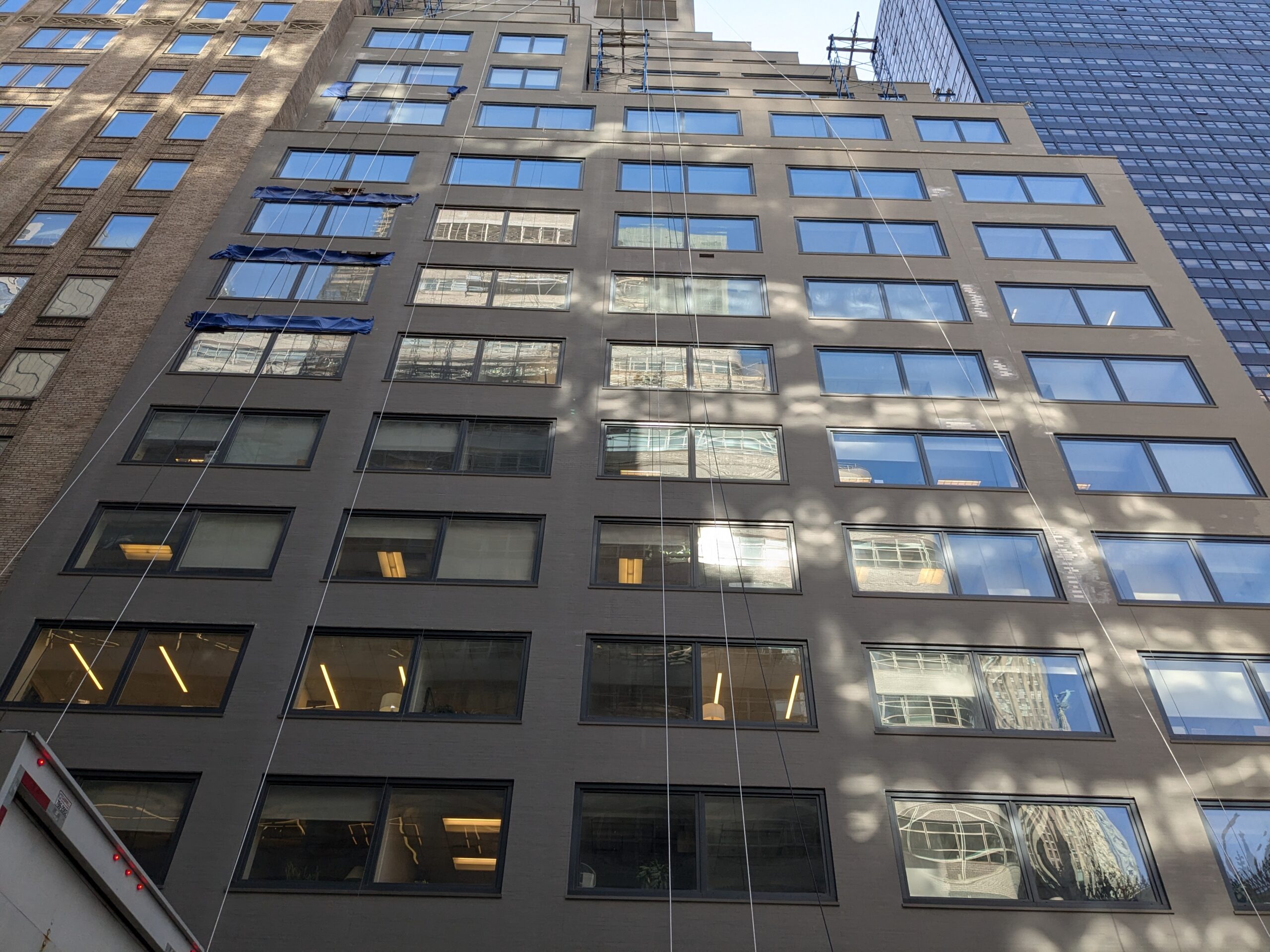If a tenant has a lease expiring in a market that is at an all-time high, the tenant may be concerned that they will not be able to negotiate an affordable rent. The following is a list of strategies a tenant can employ to find a value deal:
- A tenant can consider a short-term sublet for approximately two to three years. Sublets are usually 60% cheaper than direct market value rent. For example, if the market value of space is $50.00 per rentable square foot, a sublet will be approximately $30 per rentable square foot, and will usually include furniture and phones. This is a great way to find value as you are identifying another company’s need to rid itself of space that would work for you at a discount.
- Another option is to look for vacant space that has been on the market for at least 9 months. This long duration on the market is an indication that the landlord is likely having a hard time leasing the space. It could be because there are not enough windows in the space or the layout of a structural beam in the space is creating inefficiencies, etc. This may give the tenant the advantage of negotiating a lower rent. The landlord would prefer to recoup some rent on the space rather than take a loss due to continued vacancy.
- In some situations, a landlord will lease space to a tenant who has an option to take additional space in 5 to 7 years from commencement, often referred to as option space. The landlord has a limited time to find a tenant and lease the option space. As a result, the landlord will be willing to make a more aggressive deal.
- A simple option is to relocate your office to another part of the city where rents are less expensive. While this may slightly alter the culture of the company and the commutes for the employees, it will ensure that you find a rent that allows you to continue operations.
- One interesting way to reduce your rent is to find space that other tenants have vacated that suits your needs. If the office is already laid out in your preferred manner, you can then negotiate with the landlord to reduce your rent by the amount of capital that the landlord would not have to spend.
- Increasingly, the way many companies choose to reduce the overall cost of their rent is to create a more efficient working environment. This is best accomplished by reducing the amount of space allotted to each employee. The best way to avoid a rent increase is by moving into new space that is 20 or 25 percent smaller than what you have. For example, if tenant has 100 employees and was using 225 rentable square feet per employee, the tenant will need 22,500 rentable square feet. If the tenant reduces its requirement to 170 square foot per employee, the tenant will then need only 17,500 rentable square feet. This has become a common trend in the market, especially with Tech and Creative firms moving to benched seating and collaborative spaces.
- The final option is to find a short term sublet where the sub-lessor will buy themselves out of their space. The landlord will be able to subsidize the rent on a long term deal for a tenant immediately moving into the new space. For example, in a situation where a sub-lessor has three years to go on their lease and is paying below market rent, the landlord knows that when the sub-lessor’s lease expires, they will need to spend money and time on a new installation. Instead of going out of pocket on the construction and the vacant downtime, the landlord allows the sub-lessor to buy themselves out of their lease and then the landlord signs the incoming tenant to a discounted long term deal by using the proceeds of the buyout.







